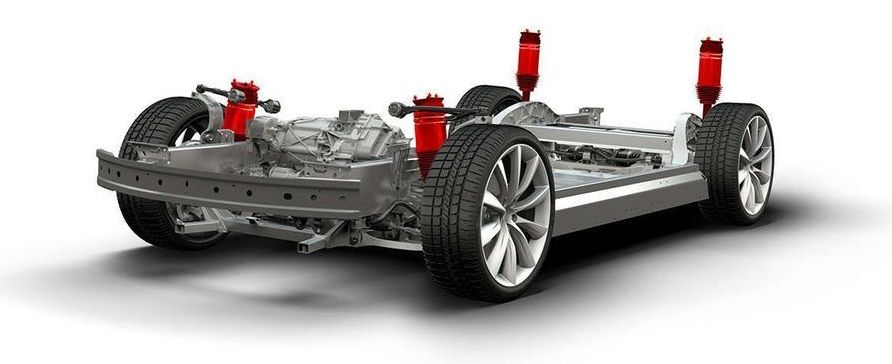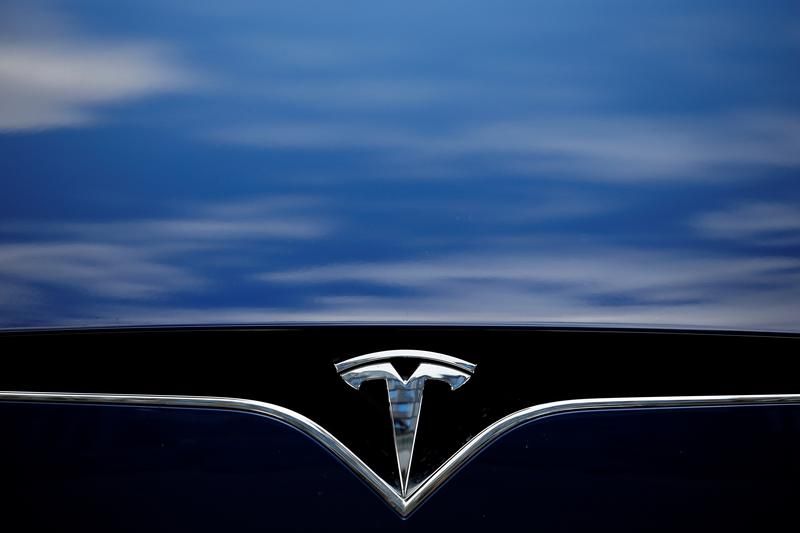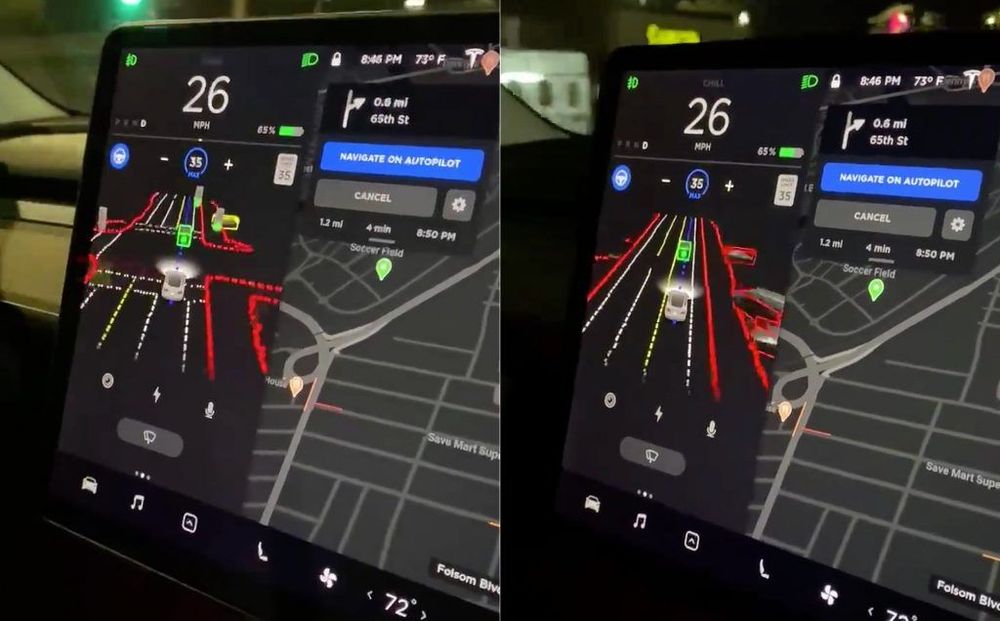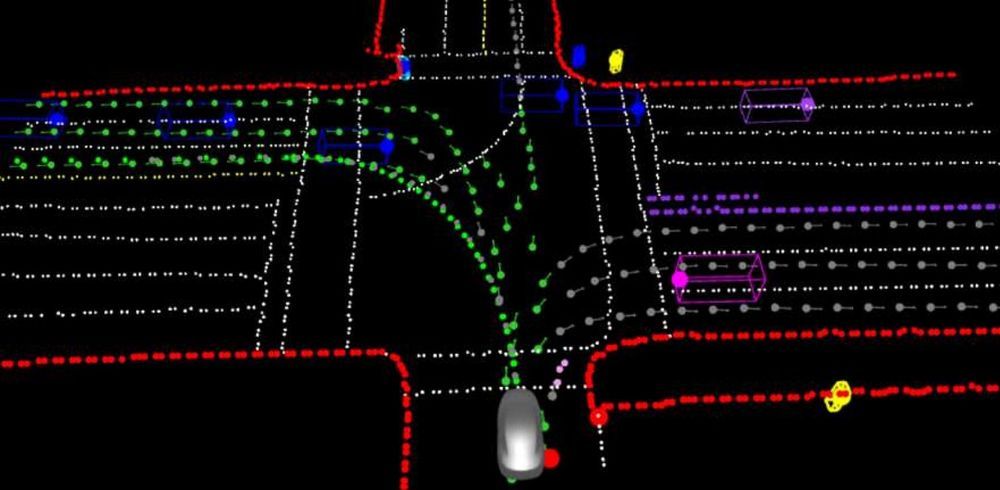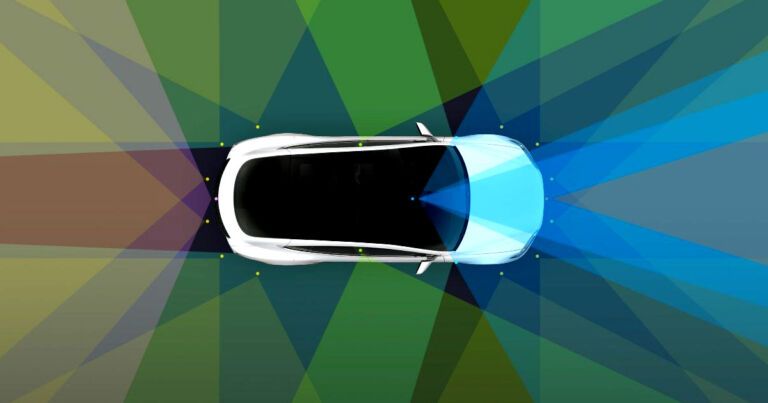This craft uses laminar flow 😃
Aviation startup Boom Supersonic has unveiled a fully assembled version of its demonstrator aircraft, taking an important step forward in its efforts to build the world’s fastest airliner. The company’s XB-1 is a sleek, one-third-scale prototype of its Overture passenger plane, and is designed to break the sound barrier itself with test flights due to kick off next year.
Boom Supersonic is one of a number of aviation companies working to make supersonic air travel a part of the civilian transport mix, with Virgin Galactic, Aerion and Spike Aerospace all sharing similar visions. The startup only emerged in 2016, with the lofty ambition of one day flying passengers from London to New York in 3.6 hours on a US$5,000 return ticket.
A key part of its roadmap is the XB-1 prototype, which was also announced in 2016 with claims that it could fly 10 percent faster than the Concorde with a cruising speed of Mach 2.2 (1,675 mph, 2,700 km/h). Boom Supersonic had originally targeted 2017 for the first subsonic flights of the XB-1, so it is a little behind schedule, but today showed off the fully-assembled demonstrator for the first time.
